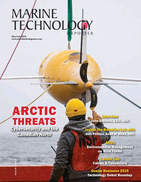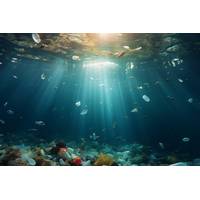
Microplastics Becoming Measurable Part of Ocean’s Carbon Cycle
like yogurt containers and rope, photodegrades more quickly than polyethylene which is used in plastic bags and water bottles. This may account for its lower abundance in offshore waters.The study was led by the Japan Agency for Marine-Earth Science and Technology in collaboration with FAU; Aotearoa Blue Ocean Research in New Zealand; Northeastern University; East China Normal University; NIOZ Royal Netherlands Institute for Sea Research, The Netherlands; The Ocean Cleanup, The Netherlands; Egger Research and Consulting, Switzerland; University of Amsterdam, The Netherlands; Utrecht University, The Netherland
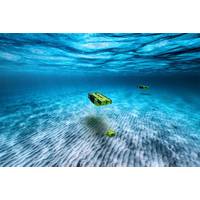
Autonomous Survey Technology: Cutting the Umbilical
is 50% faster.” Along with greater simplicity comes a 95% drop in GHG emissions, he says.iDROP and some of its competitors expect to move beyond pilot testing this year. His competitors have similar goals, claiming reduced emissions and dramatic reduction in deployment logistics. Last year, Blue Ocean Seismic Services claimed its autonomous OBNs outperformed ROV-positioned OBNs. PXGEO uses hovering autonomous underwater vehicles rather than ROVs, claiming they are capable of deploying and recovering OBNs significantly faster and with better precision than traditional methods."Geotechnical
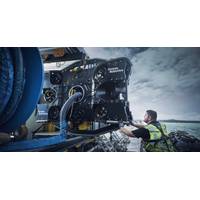
ECOsubsea raises $12m
A Series B financing round led by the Blue Ocean fund, managed by sustainable investor SWEN Capital Partners, reportedly raised $12m and will enable ECOsubsea, a Norwegian hull cleaning specialist to scale up its operations.While hull cleaning, the topic and the tech to get the job done, have grown in prominence with the IMO's push for maritime to reduce emissions, the differentiator for ECOsubsea’s technology is that it is designed to both clean and capture biofouling in a closed loop system.“Our service is provided in parallel with port operations, it is compatible with all coating
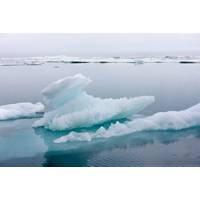
Arctic Ocean Could Be Ice-free In Summer By 2030s, Scientists Say
words, it’s a big signal, one of the most stark and dramatic signs of fundamental change to the climate system anywhere in the world.As a consequence, there has been considerable effort invested in determining when the Arctic Ocean might first become ice-free in summer, sometimes called a “blue ocean event” and defined as when the sea ice area drops below 1 million sq kms. This threshold is used mainly because older, thicker ice along parts of Canada and northern Greenland is expected to remain long after the rest of the Arctic Ocean is ice-free. We can’t put an exact date on the
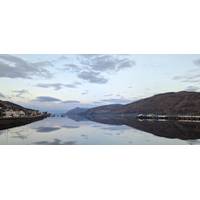
Blue Ocean Seismic Services' Robots Pass "Crucial" Tests in Loch Linne
Blue Ocean Seismic Services, a company that describes itself as the marine seismic survey disruptor, said Tuesday that its latest series of trials, held in the Loch Linnhe, Scotland, have confirmed that its autonomous undersea robots can reliably operate, accurately navigate, and record quality seismic data in challenging real-world tidal conditions."The results of this latest round of trials, which saw multiple vehicles operating simultaneously, are ‘a world first’ the company believes for the sector and represent proof of technology. The subsea robots not only outperformed an

Hydromea, Unplugged Team on Subsea Resident Drone System
designed to remain underwater for months at a time and perform daily data sweeps, providing farmers with up-to-date comprehensive condition monitoring of its operations remotely.“With the ongoing move to automation of offshore energy operations and projected double-digit annual growth rate of the blue ocean economy in the offshore renewables, aquaculture and kelp farming market sectors, the demand for condition monitoring of the underwater assets will explode over the next decade," said Igor Martin, CEO, Hydromea. "Building a digital twin of an asset underwater is currently close to impossible
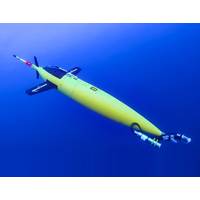
New Tech Frontiers for Ocean Gliders
two decades of their use now banked, users are now looking at how much more these vehicles can do, from carrying biological sensing payloads or towing towed arrays, the Marine Autonomous Technology Showcase (MATS), held at the National Oceanography Centre in Southampton and online heard early November.Blue OceanBlue Ocean Marine Tech Systems is one of those who have been using gliders for some time. Initially this was in the energy sector, with parent company Blue Ocean Monitoring doing tasks such as marine mammal monitoring during seismic acquisition campaigns. But Blue Ocean Marine Tech Systems is now
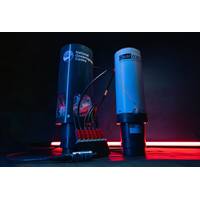
Tech File: BORAbox Helps Collect Ocean Data
The BORA Blue Ocean Research Alliance, which includes National Oceanography Center (NOC) and Subsea7, launched the first in a series of remotely operated vehicles (ROVs) that contain the new BORAbox. The sensors are currently collecting data on Subsea7 vessels in the South Atlantic, Brazil, and further launches are planned in Norway and further afield including Australia.BORAbox, an integrated suite of sensors developed by NOC scientists, will measure an important aspect relating to the health of the ocean by establishing the total alkalinity – a measure of the water’s ability to resist a
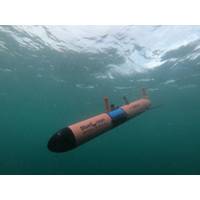
Autonomous OBN Seismic Survey Robots Could Enter Commercial Operation in 2024
Blue Ocean Seismic Services, which is working on autonomous ocean bottom seismic robotic vehicle technology, said on Tuesday that it had finished a series of passive and active seismic trials that proved the quality of seismic data collection.This puts the company on track to start pre-commercial trials of its marine swarm robotics technology during the second half of 2023.Backed by BP Ventures, Woodside Energy, and Blue Ocean Monitoring, the UK/Australian tech company Blue Ocean Seismic Services is developing the world’s first fleet of autonomous low-impact subsea nodes. According to the
 February 2025
February 2025


